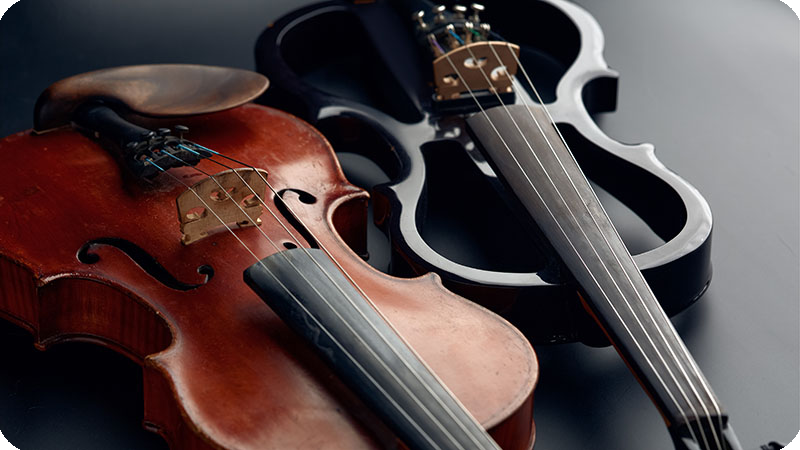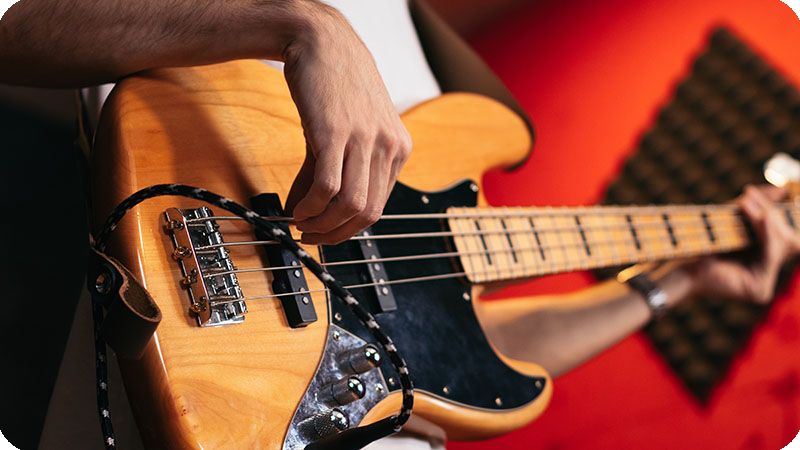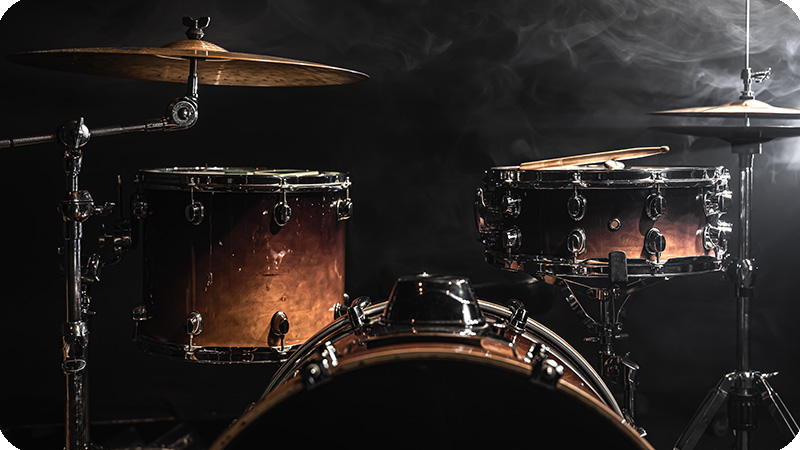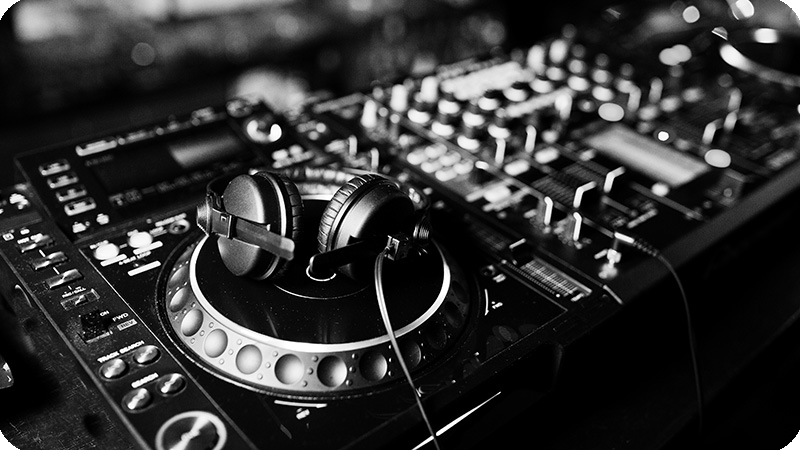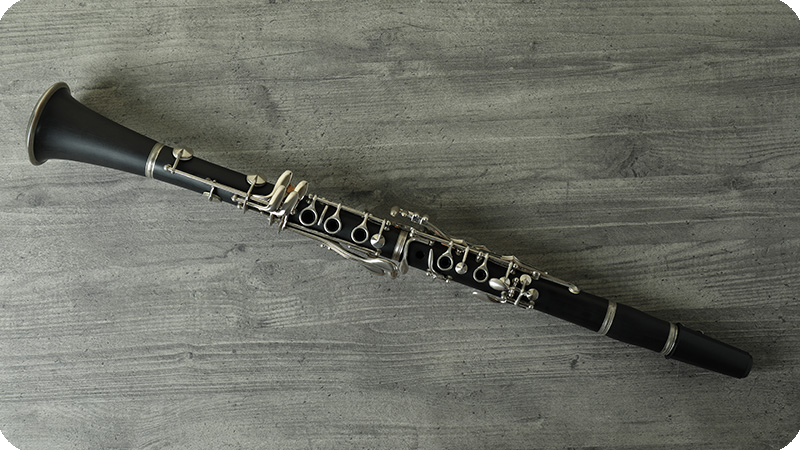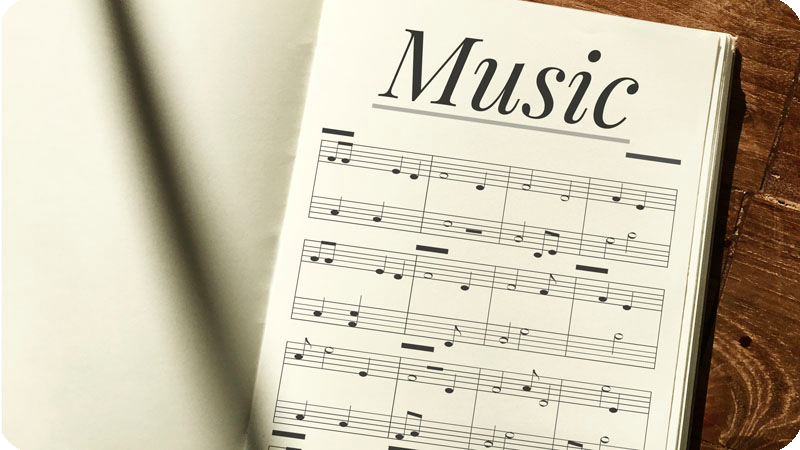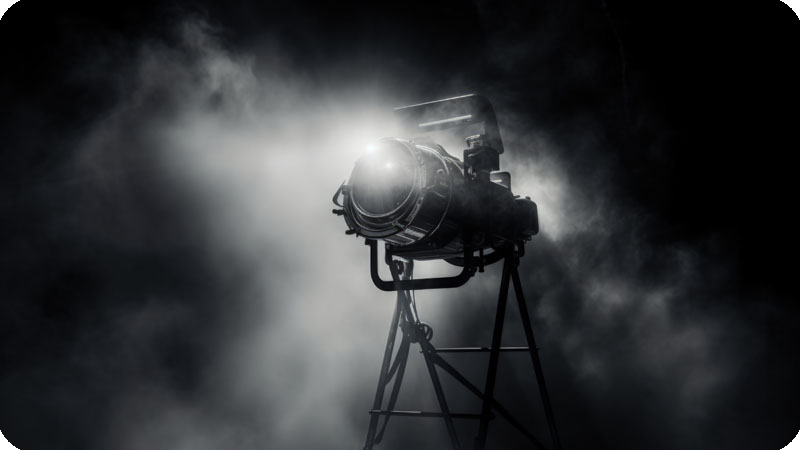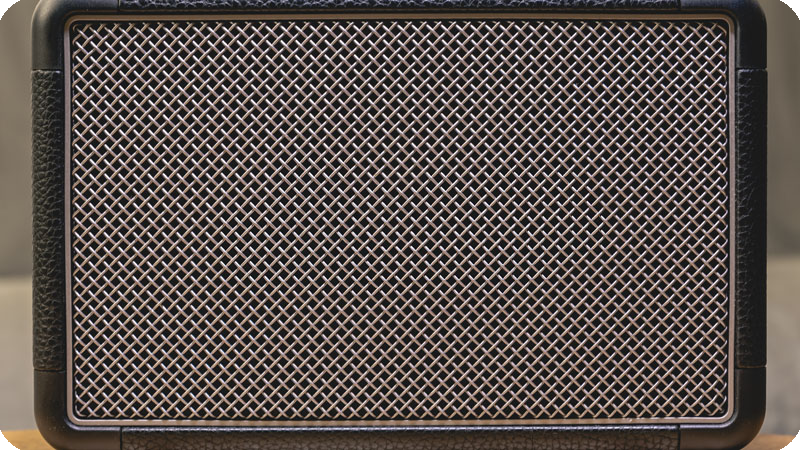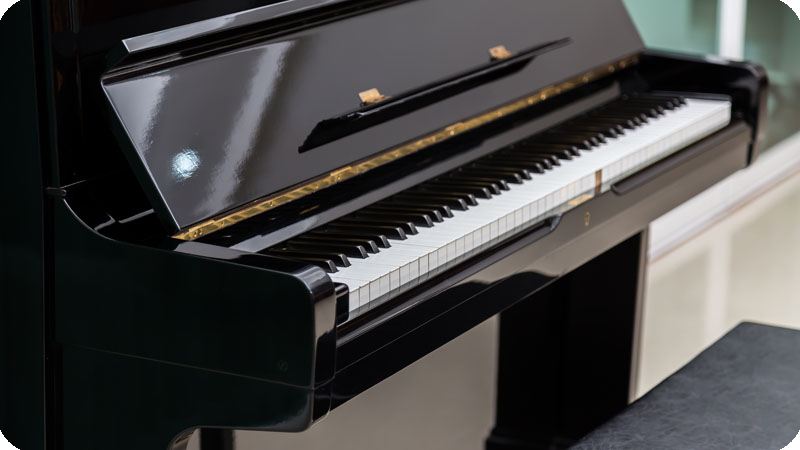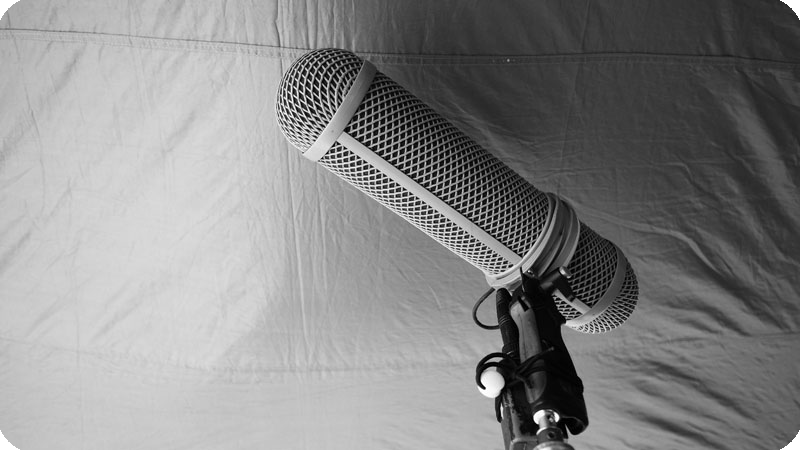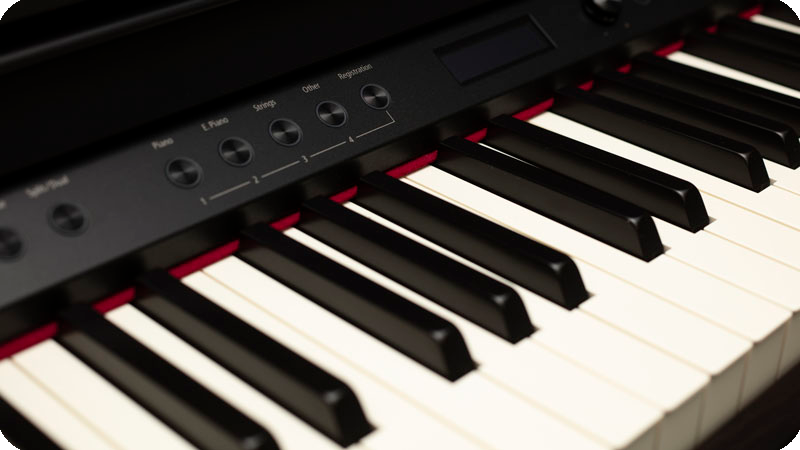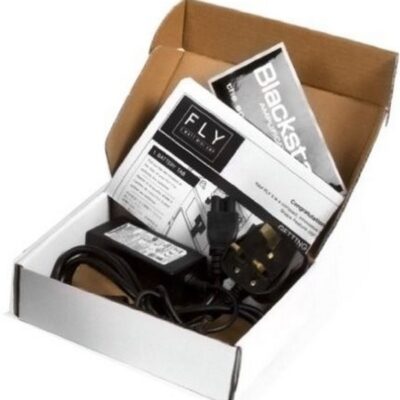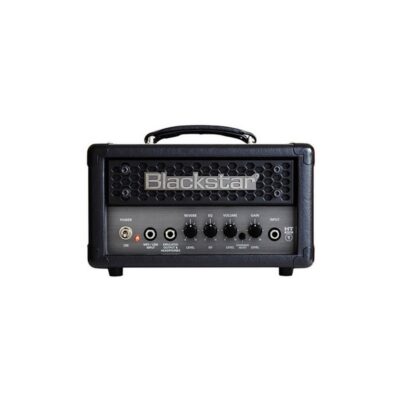The technology behind a tube-powered distortion/overdrive/preamp pedal is not new, but ideas about how to optimize it for guitar-playing tone hounds have begun to take some unexpected twists and turns. The HT series of “pure valve distortion” pedals from the UK’s Blackstar Amplification offers a number of new twists on the basic idea. Among them are a dual valve, true high voltage circuit, a unique tone shaping feature, and an additional, speaker emulated output.
Presumably, the HT-Dual is so named because it has two footswitchable channels rather than one, like the rest of the HT series, making it somewhat more versatile. In reality, it’s effectively a 3-channel preamp, since channel 1 offers an additional clean/crunch option. This option is not footswitchable, so if you’re going to use the HT-Dual on your pedalboard, you’ll have to settle for two out of three (but that ain’t bad). You can set it to “clean” and use channel 1 as a boost for more volume or to push a tube amp into overdrive, or you can set it to “crunch” for a lower gain distortion flavor than channel 2.
As with all of the pedals in the HT series, Dual’s twin valve preamp design comes from Blackstar’s idea is that using two cascaded ECC83 (12AX7) triode stages for gain instead of one, and running the tubes at appropriate amp voltages (300V) instead of ‘starving’ them, will give the preamp pedal the same touch sensitivity and playing dynamics that you get when you plug straight into an all tube amp. I have to say that it doesn’t. I don’t mean that it’s not good, just that it’s not the same. The hybrid amps I’ve played smoke the solid-state modeling gear when it comes to achieving real tube amp feeling, but pedals still seem a bit further behind. So, while I haven’t played them all, I generally suspect such claims of being slightly exaggerated.
Tone-wise it’s not much of a shortfall. Both of the HT-Dual’s overdrive channels have really great grind, and rich, “tubey” harmonic distortion. They don’t have exactly the same glassy-smooth compression, and they don’t bark the same way a tube amp does. Even though it sounds very close – and this makes the HT-Dual a real contender in my mind – it doesn’t feel exactly the same, and that affects the way I play. I know that other manufacturers of similar devices have made similar claims about different designs, and while I’m sure that somewhere right now a fierce controversy rages over which method best brings real tube texture to life, I have to believe a discussion of something as subjective as tone should always recognize that different players want different things. And what the HT-Dual lacks in dynamic sensitivity, it seems to make up for in the tonal quality of its distortion and the precision of its tone shaping.

